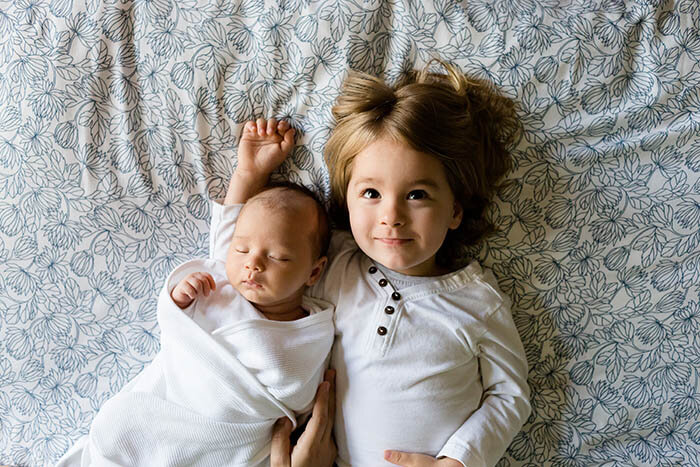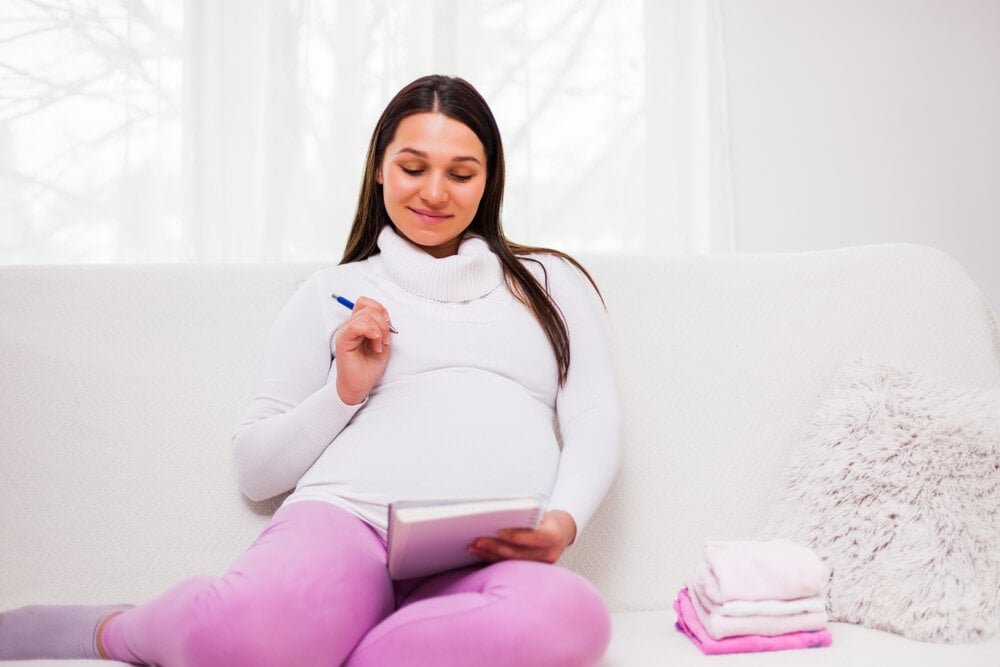Brush up on Your Babyproofing Safety Skills
-2.jpg)
The addition of a new baby into your family is an exciting time that also creates a laundry list of to-dos. A to-do that takes top priority is babyproofing your home, as babyproofing needs to begin before your baby is born.
Babyproofing involves making your home’s physical environment safe, but it also includes being aware of baby products coming into your home. And babyproofing is an ongoing process with frequent updates and adjustments as your child grows and develops.
So, whether you are a first-time parent or expecting baby number two or three, it is always wise to set aside some time to brush up on your babyproofing skills. Here are some simple tips to ensure your baby’s safety.
Babyproofing for the First Time
Soon after you discover you’re pregnant, let the babyproofing begin. Babyproofing is a lot of work, which takes time. Also, by starting early, you can include needed safety items on your registry list.
Let’s begin by reviewing the best way to babyproof. The Juvenile Products Manufacturers Association(JPMA) recommends getting down on your hands and knees to see the world from your baby’s perspective. This is an excellent activity for both moms and dads since males and females tend to look and inspect different aspects of the home and safety measures in general.
Next, print this extensive babyproofing your home guide from BabyCenter. This list will become your go-to for everything babyproofing, from taking care of all the obvious hazards such as exposed electrical sockets and blind cords to the not-so-obvious items like empty dishwashers.
Staying One Step Ahead
Because babyproofing progresses into childproofing, you’ll need to stay one step ahead in monitoring your child's growth and development. For example, according to the JPMA, don't wait until your baby starts crawling to put up stairway gates. Instead, install them in advance, so the entire family gets used to them and the baby doesn’t associate his newfound milestone with barriers. Also, buy the toddler bed and assemble it before the baby gets too big for its crib.
Buying Safe and Age-Appropriate Baby Products
Did you know baby products must meet minimum government requirements based on safety and use? To help you in choosing safe products for your baby, follow these tips from JPMA:
-
Purchase age and developmentally appropriate products as outlined by the manufacturer.
-
Read and follow all manufacturer’s instructions, recommendations for use, and warning labels.
-
Monitor your child’s growth and development to stop using a product as your baby reaches the age or development limits defined by the manufacturer.
-
Remember that new products meeting current safety standards are the safest option.
-
Check second-hand products to make sure all parts are available, the product is fully functional, not broken, and has not been recalled.
Visiting Other’s Homes
Before you bring the baby to visit grandma and grandpa for the first time, make sure to safeguard their home as you would yours. Additionally, any other houses your child may frequently visit, such as a babysitter or doting aunt or uncle, needs to have the babyproofing safeguards in place before a visit.
Welcoming Baby #2 or #3
If you are welcoming your second or third baby, keep in mind the approach you took to babyproofing the first time around will be a lot different. So now is the time to take a fresh look around your house, but now through the eyes of a big kid to help you identify the additional hazards an older sibling may create, like leaving small parts from toys on the floor or and leaving potty lids up.
Whether this is your first babyproofing adventure or your third, always remember, your job during this parenting journey is to make your baby a part of your home as much as possible—safely.


